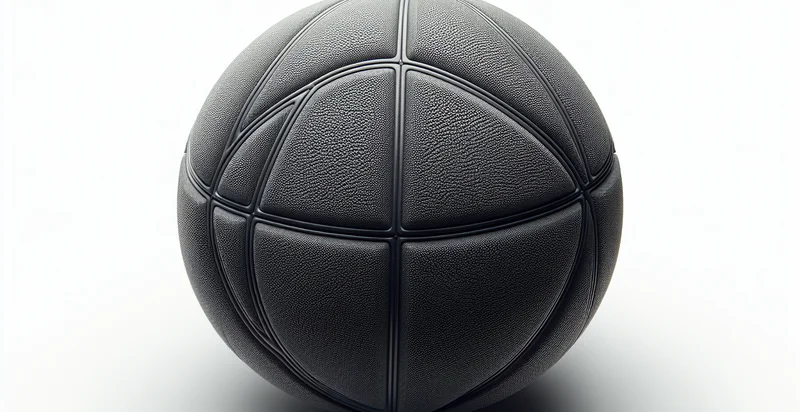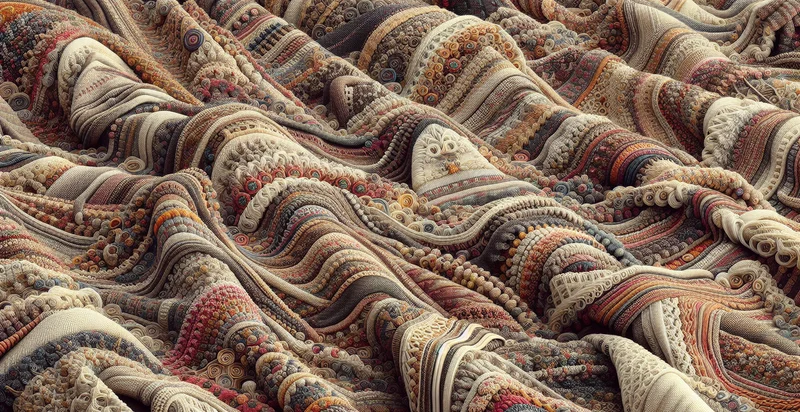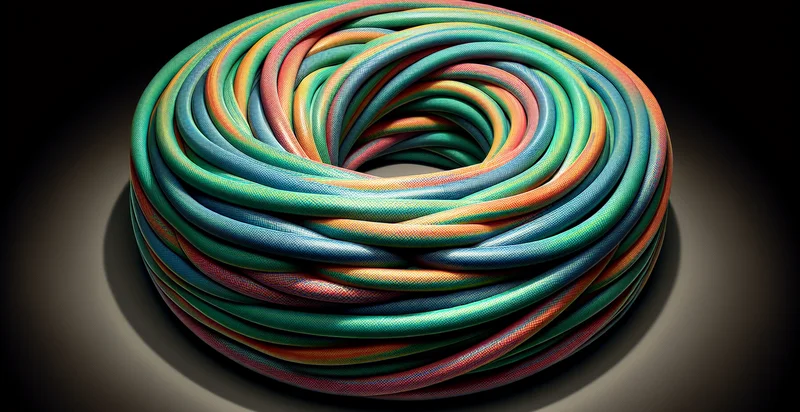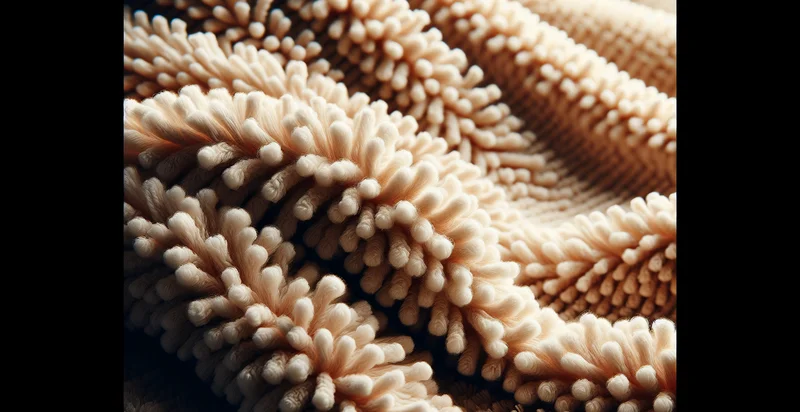Identify what material a ball is made from
using AI
Below is a free classifier to identify what material a ball is made from. Just upload your image, and our AI will predict what material a ball is made from - in just seconds.

Contact us for API access
Or, use Nyckel to build highly-accurate custom classifiers in just minutes. No PhD required.
Get started
import nyckel
credentials = nyckel.Credentials("YOUR_CLIENT_ID", "YOUR_CLIENT_SECRET")
nyckel.invoke("what-material-a-ball-is-made-from", "your_image_url", credentials)
fetch('https://www.nyckel.com/v1/functions/what-material-a-ball-is-made-from/invoke', {
method: 'POST',
headers: {
'Authorization': 'Bearer ' + 'YOUR_BEARER_TOKEN',
'Content-Type': 'application/json',
},
body: JSON.stringify(
{"data": "your_image_url"}
)
})
.then(response => response.json())
.then(data => console.log(data));
curl -X POST \
-H "Content-Type: application/json" \
-H "Authorization: Bearer YOUR_BEARER_TOKEN" \
-d '{"data": "your_image_url"}' \
https://www.nyckel.com/v1/functions/what-material-a-ball-is-made-from/invoke
How this classifier works
To start, upload your image. Our AI tool will then predict what material a ball is made from.
This pretrained image model uses a Nyckel-created dataset and has 16 labels, including Acrylic, Ceramic, Composite, Foam, Glass, Leather, Metal, Nylon, Paper and Plastic.
We'll also show a confidence score (the higher the number, the more confident the AI model is around what material a ball is made from).
Whether you're just curious or building what material a ball is made from detection into your application, we hope our classifier proves helpful.
Related Classifiers
Need to identify what material a ball is made from at scale?
Get API or Zapier access to this classifier for free. It's perfect for:
- Sports Equipment Quality Control: This function can be employed by manufacturers of sports balls to assess the material composition during production. By identifying the materials used, companies can ensure that their products meet quality standards and offer consistent performance.
- Retail Inventory Management: Retailers can utilize the image classification function to quickly categorize and verify the materials of various sports balls in their inventory. This enables efficient stock management and helps ensure that customers receive accurate product information.
- Environmental Impact Assessment: Organizations focused on sustainability can use this function to identify materials in sports balls and evaluate their environmental impact. By understanding the material makeup, they can make better sourcing decisions and promote eco-friendly alternatives.
- Fraud Detection in Sports Merchandise: Sports organizations and retailers can implement this function to prevent counterfeit products that claim to be made from high-quality materials. By validating the material composition of sports balls, they can protect their brand reputation and ensure consumer trust.
- Research and Development: Sports scientists and engineers can employ this image classification function to analyze the effects of different materials on ball performance. This can lead to innovations in sports equipment design based on empirical data derived from material identification.
- Athletic Training and Coaching: Coaches and trainers can utilize the function to assess the suitability of different balls for training purposes. By understanding the material properties, they can choose equipment that enhances skill development and minimizes injury risks for athletes.
- Customized Sports Solutions: Companies specializing in bespoke sports equipment can leverage this function to develop personalized products for athletes based on material preferences. This allows them to cater to specific performance needs, enhancing user satisfaction and loyalty.


